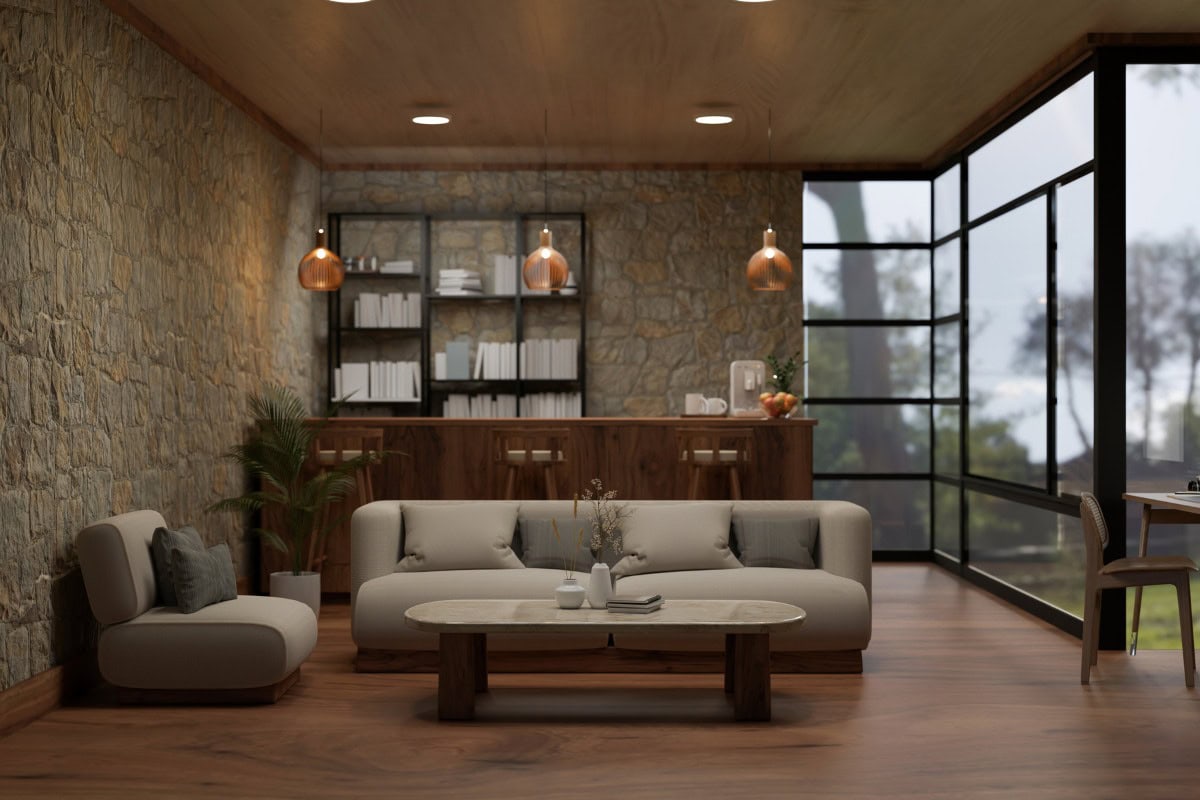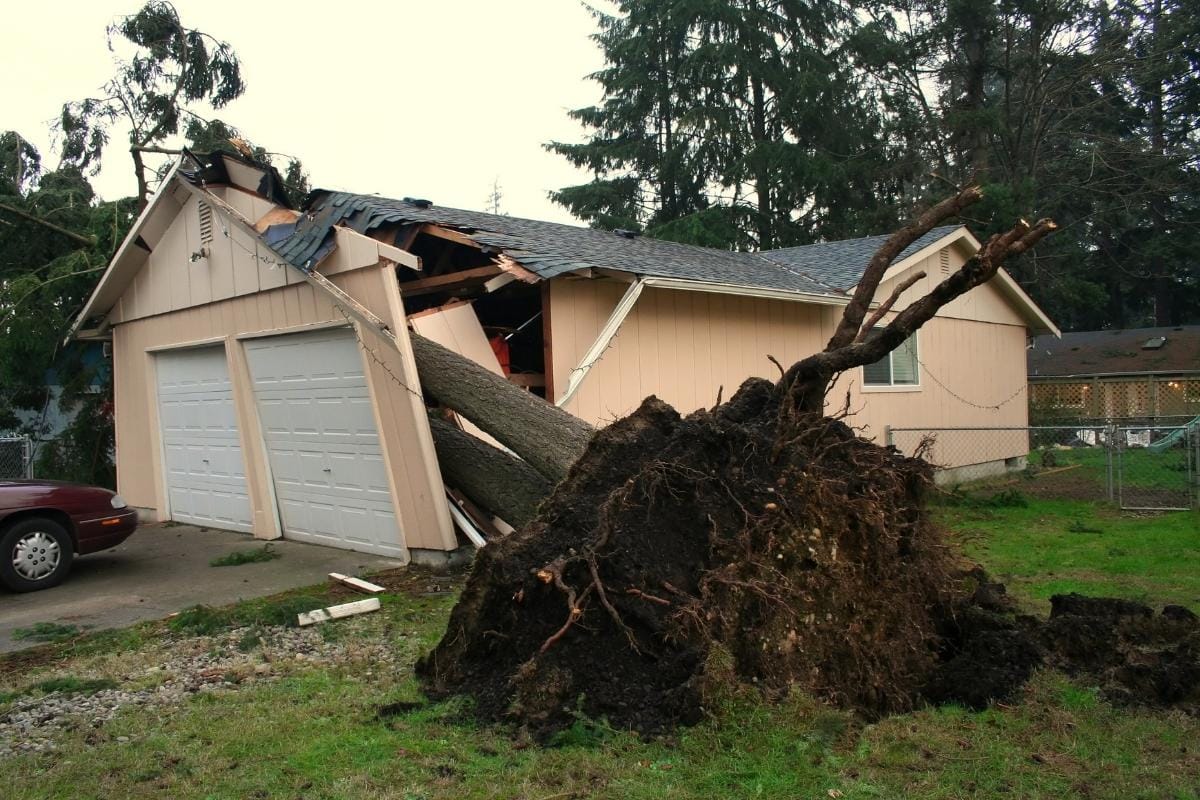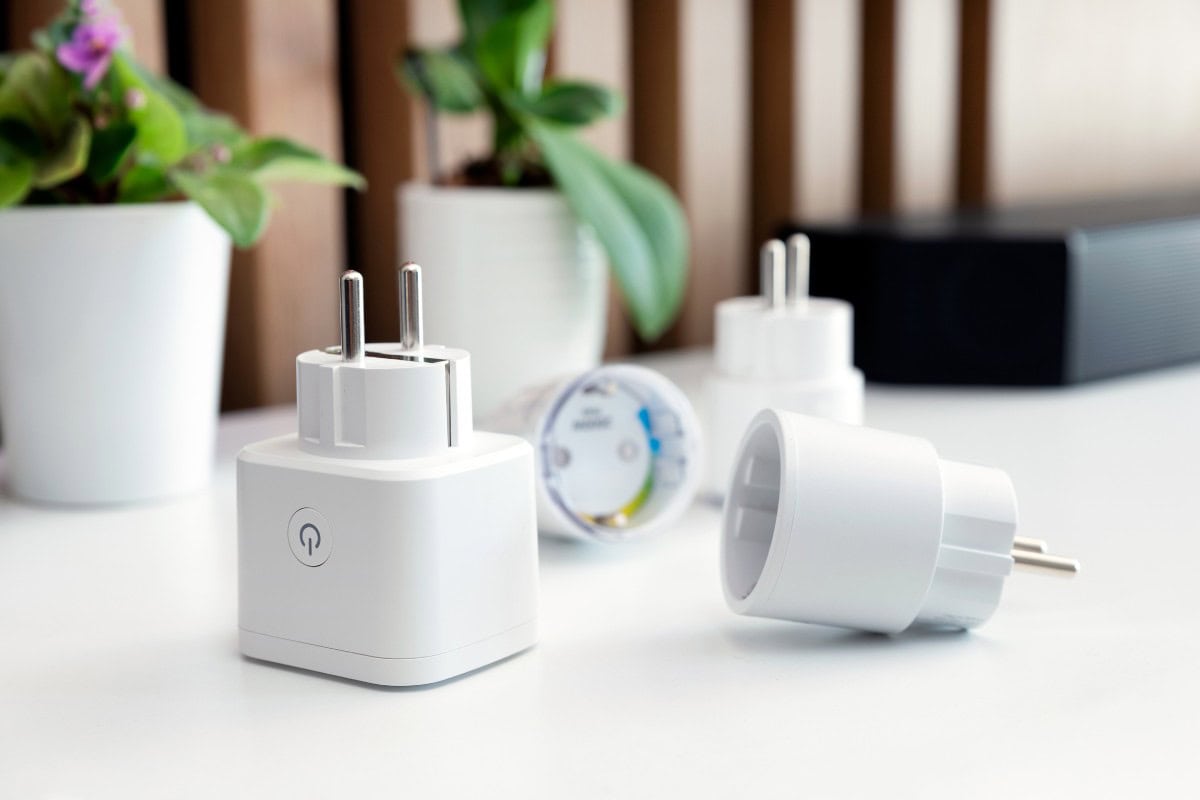Page through any interior lighting catalog, or search for design ideas on Pinterest, and you’re bound to see a particular phrase come up over and over again: “mid-century modern.”
This wildly popular design theme has never really gone out of style since it crashed onto the scene in post-World War II America. It has, however, had periods of significant revival and renewed interest, and we are living in one of them right now. You’ll see excited fans of the movement trading vintage pieces online and even the occasional auction for a genuine item from a famous designer.
As with any interior design plan, mid-century modern designs are not complete without lighting. In fact, lighting design is one of the most prominent features of the mid-century modern era, and interior designers paid extra attention to lamps, chandeliers, sconces, and other fixtures.
To help you understand what this trend is, how it works, and how you can replicate it in your own home, we have assembled this complete guide to mid-century modern lightning.
What is Mid-Century Modernism
Mid-century Modernism is an architectural and interior design movement that surfaced in America and other countries after the end of World War II. You will find many time lines arguing about the exact beginning and end of mid-century modernism, but it is fair to say that it hit its heyday in the 1950s and 1960s.
Previous to this era, the significant design movement of the 1920s was known as Art Deco. This favored highly ornate, individually crafted pieces which cost a lot of money and were meant to be somewhat more decorative than functional. The roaring 20s were known for their excesses of every kind, and those extravagant tastes extended to interior design, too.
Of course, an event such as the Great Depression will take prohibitively expensive items right out of style, and that is exactly what happened in the 30s, and through the second world war. Art Deco items were simply not affordable or practical anymore, and there was a huge need for more “everyday” furniture.
By the time the 1950s rolled around, America was experiencing a resurgence in prosperity, not to mention the “baby boom.” Families grew, and more people were beginning to move out to the suburbs and begin their brand new households.
The speed with which the population was growing and the suburbs expanding highlighted a need for quality, affordable housing that could be quickly built and mass-produced, and stylish furniture that focused on function, comfort, and ease of use.
A few architects and designers began gaining notoriety for their revolutionary design ideas. Furniture and lighting choices featured clean lines, aesthetically pleasing minimalism, and the use of affordable and accessible materials that could easily be manufactured and distributed on a large scale. This made the pieces both readily available and affordable.
Thus, mid-century modernism was born, and suburban consumers filled their homes with items described with words like “quirky,” and “optimistic.”
A Perennial Design Choice
By the 1980s, there was already a renewed interest in mid-century modern furniture and lighting. Perhaps adults who had fond memories of their childhood homes of the 50s and 60s wanted to recreate the same simple, cheerful look and feel in their own homes.
Before long, individual pieces crafted by famous designers were being traded among enthusiasts and sold at auctions for very high prices. In the 90s, further trading and selling were facilitated by the advent of the Internet and sites like eBay. The popularity of mid-century modern pieces remained steady.
By the time the new millennium rolled around, designers had taken notice of the fact that there was still a huge demand for functional, attractive and well designed mid-century modern furnishings and light fixtures, and they began incorporating some of the nostalgic design elements into their modern offerings.
The very successful TV show “Mad Men” is also credited with bringing mid-century modern design back into popularity yet again. Each episode acted like an extended commercial for the vintage décor, and modern consumers took notice. Demand rose yet again, and this demand continues to influence designers today.
Why Does Lighting Design Matter in Mid-Century Modernism
Mid-century modern design focused very much on function – in other words, designers put a lot of thought into how people would interact with the things they designed. This was somewhat different from prior movements, which favored form and looks over ergonomics.
Designers began looking at lighting in a whole new way, and pieces were designed with simplicity in mind. However, do not be fooled into thinking that simplicity results in an uninspired piece. On the contrary, mid-century modern lighting helped to revolutionize the way people interacted with their homes.
Table lamps, floor lamps, sconces, pendants, chandeliers, and ceiling fixtures were all designed to provide layers of light that could help promote a specific atmosphere or mood in a given room. Lighting could also be more easily customized to allow for task or accent lighting wherever it was needed, without too much fuss or expense.
The light fixtures themselves were made in such a way that every element of the fixture was artistically purposeful as well as functional. For instance, an oversized paper lampshade acts as a sculptural focal point in the room while also pleasantly diffusing the ambient light, providing a comfortable light level for the room’s occupants. Or perhaps a visible hinge on a wall-mounted light not only allows you to more directly position task lighting, but also adds interest to the piece itself.
The simple lines, angles, and curves of mid-century modern lighting fixtures were meant to be touched and handled. This is a far cry from the ornate Tiffany lamps that may have hung in the childhood homes of the adults who were now moving out to the suburbs in droves.
And, of course, let’s not forget that these lighting fixtures were designed to complement and interact with furniture of the same era. Mid-century modern design often liked to play with contrast – for instance, putting a slim and angular table lamp on a rounded, curving coffee table. Or perhaps a colorful chandelier in a room full of largely neutral furniture.
Mid-century modern design was something the world had never seen before, and lighting played a huge role in this decorative movement.
Achieving Good Mid-Century Lighting Design in Your Home
If you are completely sold on the mid-century modern aesthetic, as so many others already are, you are probably ready to begin designing (or at least brainstorming) your own newly designed rooms. Here are a few tips to keep in mind when considering mid-century modern lighting design in your home:
What Is Your Home’s Native Aesthetic
Mid-century modern lighting may look strange or awkward in the wrong kind of architectural setting. For instance, do you live in a Victorian home with all its crown molding, ornate banisters and crystal doorknobs? You may be clashing a bit too much by trying to add mid-century modern lighting and furniture into that particular setting.
What Is the Purpose of the Room
Are you designing a cozy sitting room? A kitchen where you intend to entertain guests? A living room which the whole family can enjoy? Having a firm idea of the tasks that will be accomplished in a given room will help you better select the type of lighting that is needed.
Which Colors Are in the Room
Many mid-century modern light fixtures were hinged so that they could be more easily aimed up or down. However, rooms with darker walls and ceilings will not benefit much from uplighting (pointing the light upward), as the beams may simply get lost. Downlighting would be a better choice in that case. However, a room with very light-colored walls and ceilings can make great use of uplighting elements to help provide illumination throughout the room.
Don’t Forget Furniture Placement
Knowing the furniture layout ahead of time can be helpful in selecting, for instance, floor lamps versus table lamps. Some larger pieces of furniture can create shadows, so you will want to position lights in such a way to avoid that. And, of course, pendant lights, chandeliers, and other low-hanging fixtures should not be in a walking path nor obstruct the line of sight.
Elements to Look For in Mid-Century Modern Lights
As mentioned previously, mid-century modern lights were designed to be mass-produced, meaning many of them were made from materials which had not been used in lighting before. Most notably, plastics and enamels.
When searching for light fixtures for your home, keep in mind that most mid-century modern lighting would be constructed out of only one or two different materials, keeping with the theme of simplicity. So, for example, you may find lamps that are all brushed metal (usually aluminum), including the lampshade. Other popular materials include wood, stone, brass, glass, crystal, plastic, and fabric or even paper lampshades.
You will also be looking for clean lines, angles, and curves. Mid-century modern did not feature any intricate cravings, floral motifs, stained-glass, or any of the other more ornate features we associate with fixtures that came both before and after this period of interior design.
The aesthetic is most often compared to modern art or sculpture. Indeed, some pieces of mid-century modern lighting are on display as works of art in museums.
Where to Find Mid-Century Modern Pieces
Interest has remained high in mid-century modern design, so many of today’s designers do continue to incorporate elements of the movement into their modern-day work. In that regard, you may be able to find lamps inspired by the mid-century modern movement in nearly any store or catalog.
If you are looking for the true aesthetic, however, you can still find vintage pieces all around. Die-hard fans often keep an eye on eBay, Craigslist, or other online venues which allow people to sell collectibles. Yard sales, flea markets, and thrift stores can sometimes turn up lucky finds as well. If there is an item you simply must have, you may even want to look into furniture auctions featuring vintage items from this time period – although that would certainly be on the pricier end of things.
The vast majority of people interested in mid-century modern lighting look for reproductions of the classic style or modern pieces heavily inspired by the nostalgic designs. Such pieces are offered by many different companies. These tend to be much more affordable than vintage collectibles (not to mention, much more accessible) and available in a wider range of color choices to complement your decor.
Some of Mid-Century Modernism’s Famous Lighting Designers
If you are on the lookout for a vintage collectible item, there are a few names you want to keep in mind. Even if you are not lucky enough to get your hands on an original, these names are still good to remember, as many modern designers may reference them as an inspiration.
- George Nelson
- Mitchell Bobrick
- Poul Henningsen
- Arne Jacobsen
- Lisa Johansson-Pape
- Yki Nummi
- Gino Sarfatti
- Achille and Pier Giacomo-Castiglioni
- Sergio Mazza
- Vico Magristretti
As you can probably tell from the list of names, mid-century modern lighting was not confined to America. Some of the more popular designs originated in Italy and Finland as well.
Of course, this list of designers is not comprehensive, and there are plenty of whimsical, striking, and original designs out there in the mid-century modern style made by other talented people.
Fans of mid-century modernism are lucky in that the design movement still has many fans today. This means that both collectibles and modern reproductions or inspirations are available on a large scale. One of the most attractive things about mid-century modernism was its mass production and wide distribution. The same things that made the movement popular in the 1950s and 1960s still hold true today. Simple clean lines, ergonomic design, and affordability top many consumers’ lists when it comes to household item requirements.
Mid-century modernism also helped to introduce many households to the concept of a layered lighting by giving them more control over the fixtures themselves. This could increase productivity in the home, provide comfortable lighting levels in every room, and often act as artistic focal points themselves.
So, whether you are looking to fully embrace the mid-century modern aesthetic throughout your home or simply add a few specific pieces, remember to carefully consider lighting as part of your redecorating plan – because, after all, the pioneers of this design trend had lighting in mind themselves all along.









